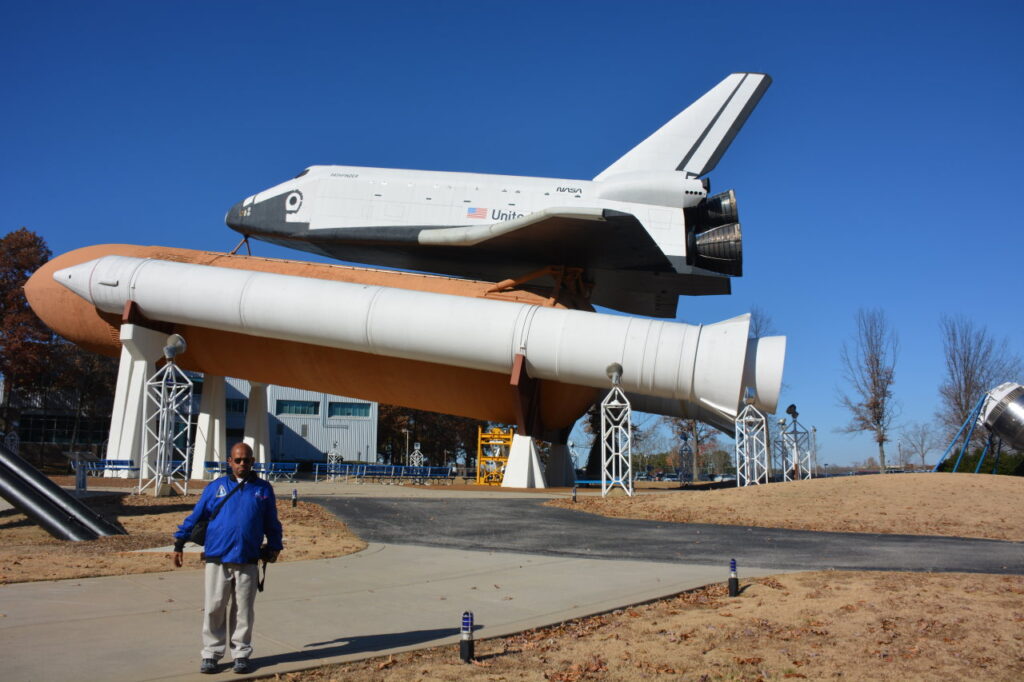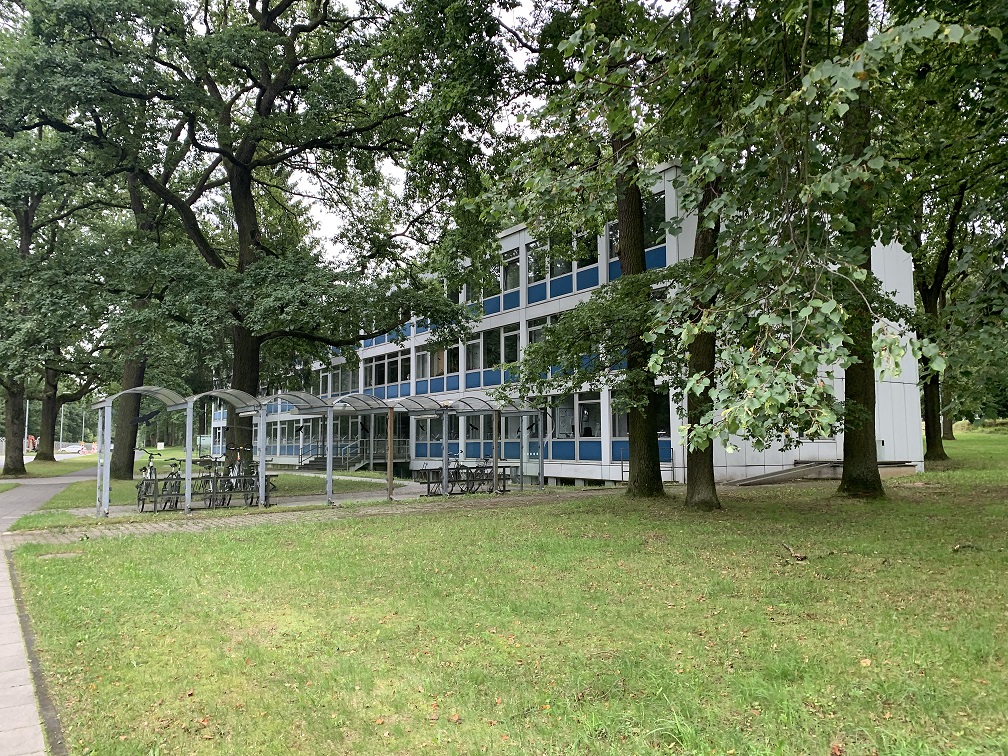| DESCRIPTION | NAME OF SITE | CITY | STATE |
| BIRTHPLACE | NASSAU COMMUNITY HOSPITAL | OCEANSIDE | NEW YORK |
| SCHOOL | F. CAREY JUNIOR HIGH SCHOOL | FRANKLIN SQUARE | NEW YORK |
| SCHOOL | COLUMBIA UNIVERSITY | NEW YORK CITY | NEW YORK |
| SCHOOL | MIT | CAMBRIDGE | MASSACHUETTS |
| MUSEUM | CRADLE OF AVIATION | LONG ISLAND | NEW YORK |
| WORKED | IBM | NEW YORK CITY | NEW YORK |
| WORKED | SPACE CENTER HOUSTON | HOUSTON | TEXAS |
| WORKED | MARSHALL SPACE FLIGHT CENTER | HUNTSVILLE | ALABAMA |
| WORKED | GERMAN AEROSPACE MUSEUM ( DLR ) | OBERPFAFFENHOFEN | GERMANY |
| NAME OF VEHICLE | NAME OF ORBITER | MISSION NUMBER | MISSION DESCRIPTION | LOCATION | CITY | STATE/COUNTRY |
| SPACE SHUTTLE | SPACE SHUTTLE ATLANTIS | STS-125 | The fifth servicing mission to Hubble, HST-SM4, was originally scheduled to launch in late 2005 or early 2006 On January 16, 2004, then-NASA Administrator Sean O’Keefe canceled the mission, as well as any future missions to Hubble, citing safety constraints imposed by the Columbia Accident Investigation Board. During the announcement, O’Keefe stated that it was his decision alone, and not a recommendation from any other departments.[15] The decision was widely criticized by the media, the science community, and those in NASA. | KENNEDY SPACE CENTER | MERRIT ISLAND | FLORIDA |
| SPACE SHUTTLE | SPACE SHUTTLE COLUMBIA | STS 109 | The purpose of STS-109 was to service the Hubble Space Telescope (HST). It was Columbia’s first flight following an extensive two and a half year modification period (its most recent mission being STS-93). During the mission the crew installed a new science instrument, the Advanced Camera for Surveys (ACS), new rigid solar arrays (SA3), a new Power Control Unit (PCU) and an experimental cryocooler for the Near Infrared Camera and Multi-Object Spectrometer (NICMOS). Columbia also rebooted HST to a higher orbit. | N/A | N/A | N/A |

NASSAU COMMUNITY HOSPITAL



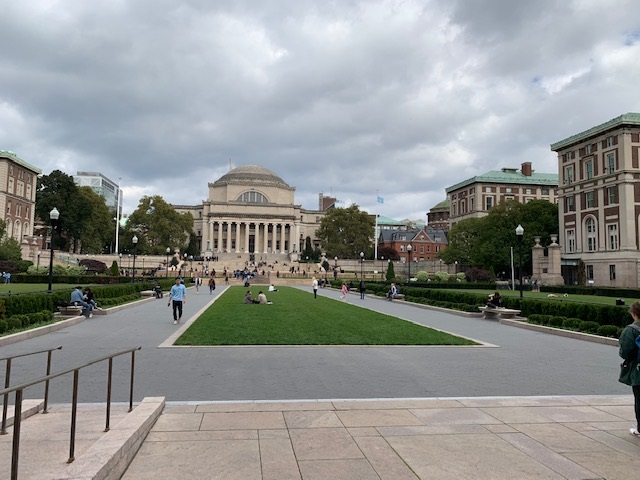



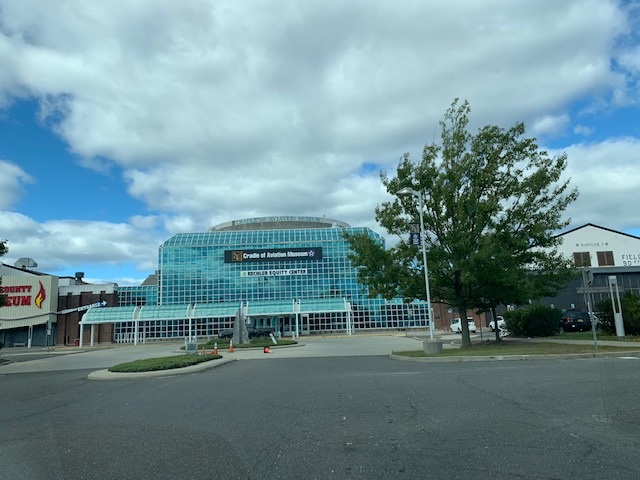





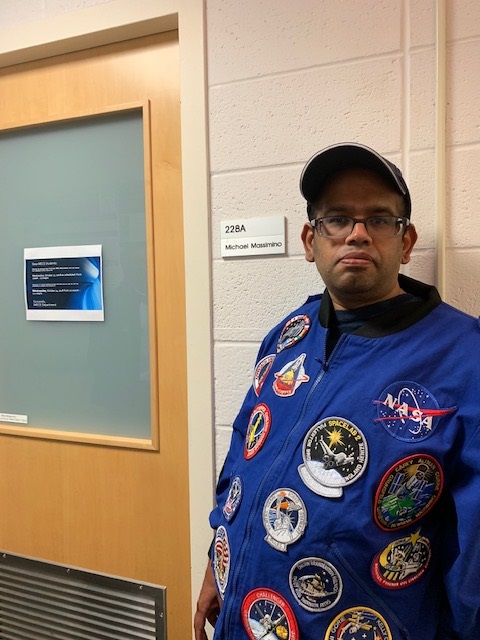

IBM – NEW YORK CITY



